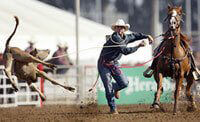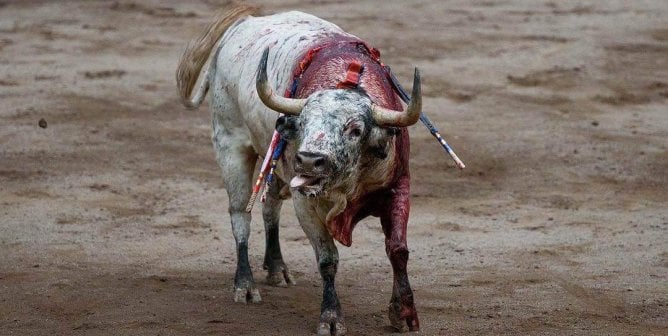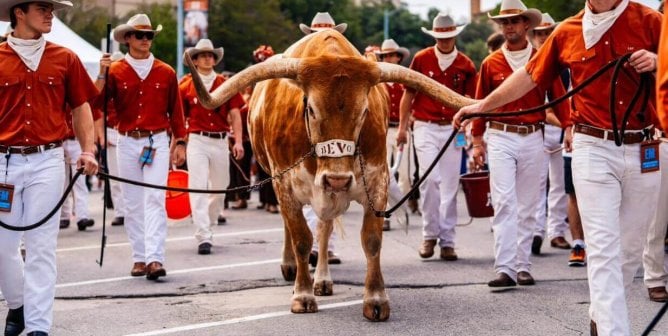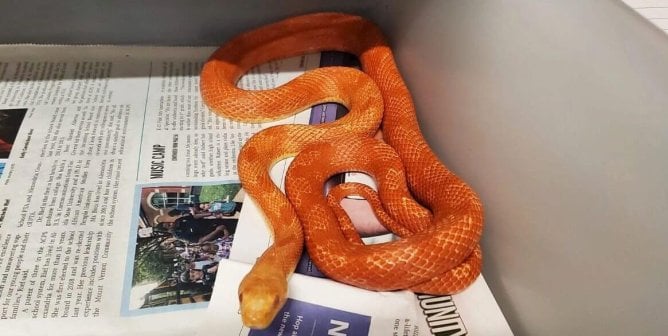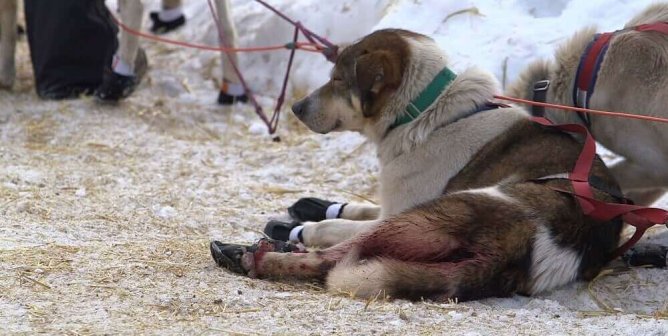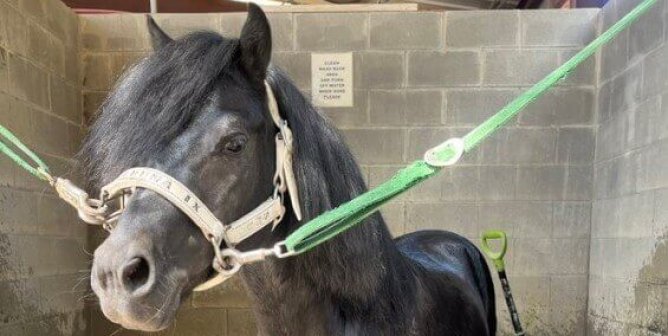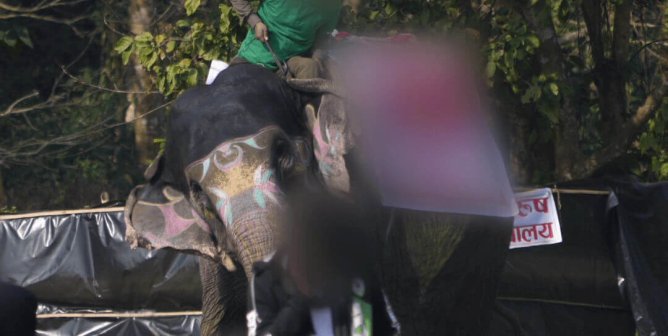Rodeos
Countless animals have paid with their lives to satisfy humans’ desire to play cowboy in events such as calf roping, bull riding, steer wrestling, and bronc riding.
Cattle and horses may be zapped with electric “hot shots” so that they’ll charge out of the chute, calves’ necks are twisted as they’re violently slammed onto the ground, and horses are viciously spurred into bucking. The Professional Rodeo Cowboys Association (PRCA) rules allow the shocking of horses who are slow to come out of the chute—participants call them “stallers.”
“I could hit them with a stick or poke them—I could poke holes in ’em, but that would hurt ’em. Or, I could just touch ’em with the Hot-Shot.”
—Rodeo participant on how to “encourage” horses to leave the chute
Doping
To make bulls stronger and more aggressive, they may be injected with anabolic steroids. Some riders give them anti-inflammatories as well.
“Oh, I think damn near everybody’s doing it.”
—Rodeo participant on the use of steroids in bull riding
A rider at the 2013 Calgary Stampede was suspended after two steers were found to have two different drugs in their system. Tellingly, it’s not the animals’ welfare that officials were concerned about. The rules state that animals are to be free of drug residue because the competition is designated as “terminal,” meaning that the champion steer will be killed for food.
The End of the Trail
Animals used in rodeos have suffered fatal injuries, including broken backs and necks, heart attacks, and aneurysms. Those who manage to make it through unscathed are given little time to rest or recuperate. They are loaded into trucks, hauled to the next event, and forced to participate over and over again. When they become too old or worn out to continue, “retirement” is often a one-way trip to the slaughterhouse.
The late Dr. C.G. Haber, a veterinarian who spent 30 years as a federal meat inspector, saw many animals from rodeos sold to the slaughterhouses he inspected. He described seeing animals “with six to eight ribs broken from the spine and, at times, puncturing the lungs,” in addition to “as much as two to three gallons of free blood accumulated under the detached skin.
Charreadas
Mexican rodeos, called charreadas, are particularly egregious. Two of the events involve deliberately tripping horses, including the manganas a pie, in which three mounted charros (riders) chase a wild mare while one tries to rope her by the front legs and cause her to trip and fall, and the piales en lienzo, in which a rider on horseback ropes and trips a wild mare by the hind legs.
In el paso de la muerte, charros attempt to leap from their own horses onto the bare back of a wild mare then ride her until she becomes exhausted and stops bucking. This is done while three other mounted charros chase her around the arena.
During the terna en el ruedo, which is similar to team roping in a typical American rodeo, three riders must rope a bull as quickly as possible—one ropes him by the neck and one by the hind legs, while the third ties his legs together.
In coleadero, or steer tailing, riders grab a steer by the tail, wrap his tail around their boot and stirrup and attempt to force him to the ground. The flesh on the tail may be torn off the underlying bone an excruciating injury called “degloving.”
Unsanctioned charreadas, also called coleaderos (because steer tailing is the most common event), take place in rural areas all over the Southwest. If there’s some open land and no authorities are around, coleaderos are often set up. Word spreads through social media, and there are no rules.
What You Can Do
- If a rodeo comes to your town, contact local authorities, write letters to sponsors, leaflet at the gate, or hold a demonstration. Contact PETA for help.
- Another way to ban rodeos is to work to institute a state or local ban on calf roping, the event in which cruelty is most easily documented. Since many rodeo circuits require calf roping, eliminating it can result in the overall elimination of rodeo shows.

